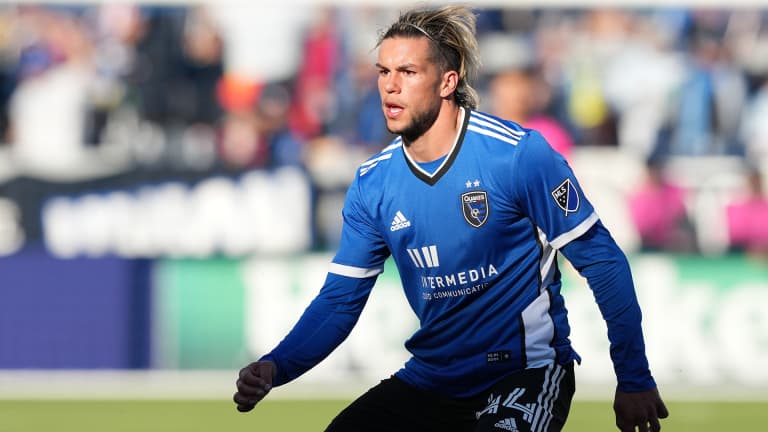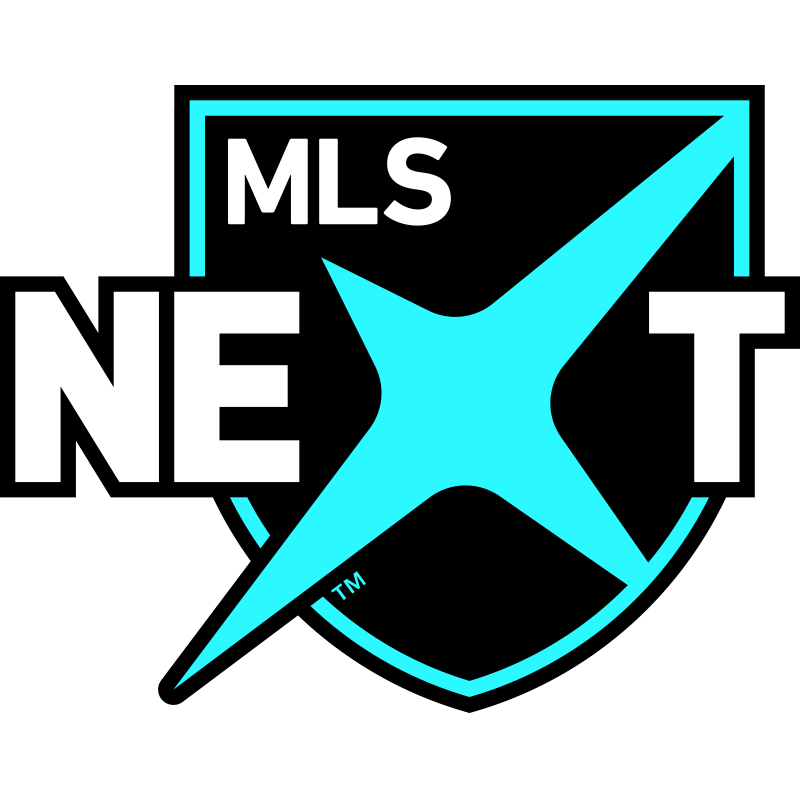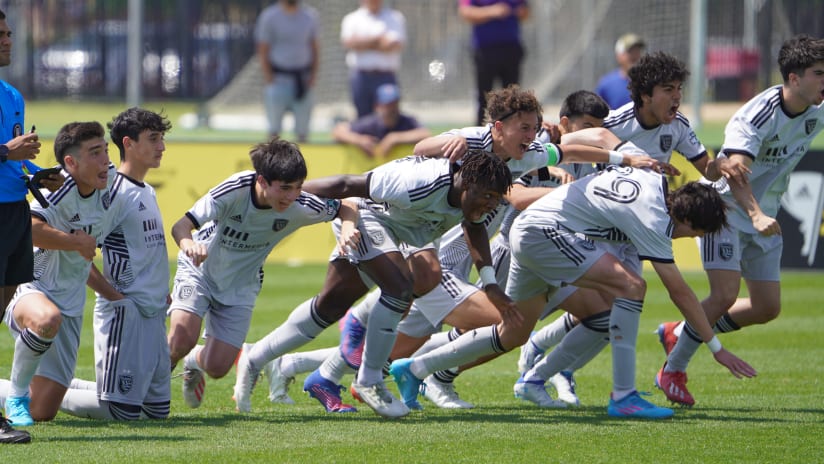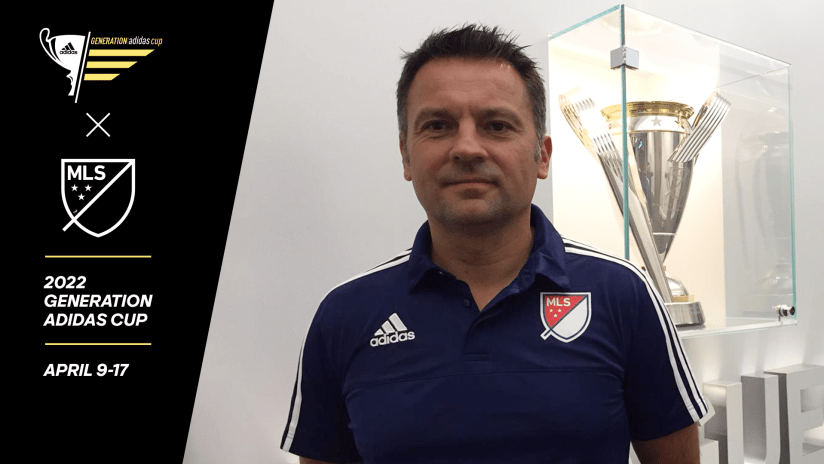There is no exact measurement for evaluating the progress of a professional youth academy.
Obvious markers exist: professionals produced, the improvement of players and the growth of each team. Results on the field can be just one piece of the puzzle in an effort to produce high-level talent.
Another visible measurement is youth national team call-ups. By that measure, the San Jose Earthquakes are in a good spot.
Over the past couple of months, the Earthquakes had 11 players summoned to US youth national teams, reflecting the academy’s evolution into one of the best among MLS clubs.
“It's rewarding to see the individual players get recognized for their hard work and their commitment to how we do things,” San Jose Earthquakes general manager Chris Leitch told MLSsoccer.com.
Recent call-ups include Owen Anderson and Rohan Rajagopal with the US Under-15 team at the Torneo delle Nazioni, while Fidel Barajas, Edwyn Mendoza, Cruz Medina and Oscar Verhoeven recently finished up a trip with the US Under-17 squad at the UEFA Development Tournament in Portugal.
Leitch is no stranger to the development setup in San Jose. Back in 2012, he was hired by then-GM John Doyle as the technical director of the San Jose Earthquakes Academy. It marked the end of his playing career and the beginning of his front-office journey.
At that point, it was a much different time across the league when it came to youth development and academies. The budgets were in a much different place. But it’s an apt starting point and pathway leading San Jose from where they were then, to the spate of youth national team callups and the positive trajectory they are in now.
When he took over, one of Leitch’s first moves was looking to instill the culture and mindset across the academy.
“I think it starts with small things like ensuring that you're taking a holistic approach to youth development,” Leitch said. “Which means putting the player at the center of it, concentrating on as much off the field as you are on the field, so that the culture is understood that we're going to be united by things like hard work, accountability, that our young men are going to understand how to be good teammates, first and foremost, before they become good players, and then having a commitment to development and learning. Which means creating an environment that our players are free to take risks and collaborate, [and] that they must take an active role in their individual development.”
That cultural shift was just the beginning, leading the San Jose Earthquakes Academy on a pathway toward incremental success. Leitch recalled how just a couple of years into the job, the club performed well in the old Development Academy. But even in the backdrop of that success, he changed the staff over to ensure there was a proper balance between development and winning.
“We were teaching these players how to win games, but I didn't feel like we were developing the players for the long term,” Leitch said. “And that was a key. That was a key time in the academy [as] I specifically tried to shift the focus away from winning – which is important, and it’s definitely part of development – but the development aspect needs to be prioritized a little bit more.”
Putting the right staff into place involved bringing in Paul Holocher as a coach and the director of player development in 2015. Holocher spent three years with the Earthquakes before moving on to join the Houston Dynamo and oversee their academy rebuild.
Homegrown signings started to pick up the pace at the end of Holocher’s time. Gilbert Fuentes signed straight from the academy in 2018, while current starting goalkeeper JT Marcinkowski inked a pro contract after three seasons at Georgetown. Cade Cowell, Casey Walls and Emi Ochoa signed in the following years, while Will Richmond (signed out of Stanford) and Niko Tsakiris are the two most recent additions with academy experience.
That, combined with the current crop of national team call-ups – which isn’t limited to just US teams, with players competing for the likes of Malta, Mexico, Iceland, Peru, Guatemala and El Salvador at youth levels – are indicators of the progress made.
Of course, for Leitch and the rest of the staff, it’s important to keep the players grounded, even in the context of celebrating these achievements.
“Like with everything, the challenge comes to make sure that the players that are called in the US national teams, keep their feet on the ground and realize and understand that this is a long-term developing sport, and there's much work to still be done,” he said.
Players returning with that youth national team experience can also serve as a benchmark for current players and a way to push academy prospects who have not yet got the same opportunities.
“The margin between the guy that gets on the national team and that doesn't get on that team is very small,” he said. “Take this as motivation, if you're not [called into a] national team, to try to close that gap. And in order to close those small margins, it takes an inordinate amount of work to close those margins up. So we try to use those national team camps both as motivating factors, a time to celebrate some of the progress we've had, but also to approach it in a very, very humble way to say it's a good recognition.”
The positive signs for the Earthquakes Academy extend far beyond just a flurry of youth national team call-ups as well. Their U-13, U-14, U-15 and U-17 sides have all enjoyed impressive seasons in MLS NEXT play. Results may be secondary, but the quartet of teams has amassed a record of 70W-15L-15D. There are ample prospects, like Medina and Barajas, flashing pro potential. Earthquakes II have launched with MLS NEXT Pro, offering a platform to connect the academy with the first team, with interim first-team manager Alex Covelo previously with the second team.
Of course, professional development is fickle and impossible to predict. With that in mind, Leitch said that they measure as much data as they can – wearing GPS trackers, monitoring physical development checkpoints – to ensure that players are developing and can be pushed within their proper limit.
There’s little doubt that the academy’s trajectory is trending in the right direction. The next few years should offer even further fruits of the work Leitch and the rest of the organization began nearly a decade ago.

Current San Jose Earthquake academy call-ups
U15 National Team
- Owen Anderson – Midfielder, Quakes U15
- Rohan Rajagopal – Midfielder, Quakes U15
U17 National Team
- Fidel Barajas – Forward, Quakes U17
- Cruz Medina – Midfielder, Quakes U17/Earthquakes II (MLS NEXT Pro)
- Edwyn Mendoza – Midfielder, Quakes U17
- Oscar Verhoeven – Defender, Quakes U17
U19 National Team
- Ethan Kohler – Defender/Midfielder, Quakes Academy U17/Earthquakes II (MLS NEXT Pro)
- Emi Ochoa — Goalkeeper, San Jose Earthquakes (MLS)
- Nathan Rodrigues – Defender, Quakes Academy U17
U20 National Team
- Tarun Karumanchi – Midfielder, UCLA (former Quakes Academy)
- Niko Tsakiris – Midfielder, San Jose Earthquakes (MLS)
- Alejandro Cano — Defender, to El Salvador U20
- Allan Juarez — Midfielder, to Guatemala U20
- Diego Otoya — Forward, to Peru U20
- Tristan Viviani — Defender, to Malta U20 (former US U17/U20)
- Lorenzo Avalos — Defender, to Iceland U17 (former US U14)
- Oliver Hernandez — Midfielder, to Mexico U16 (former US U15)












